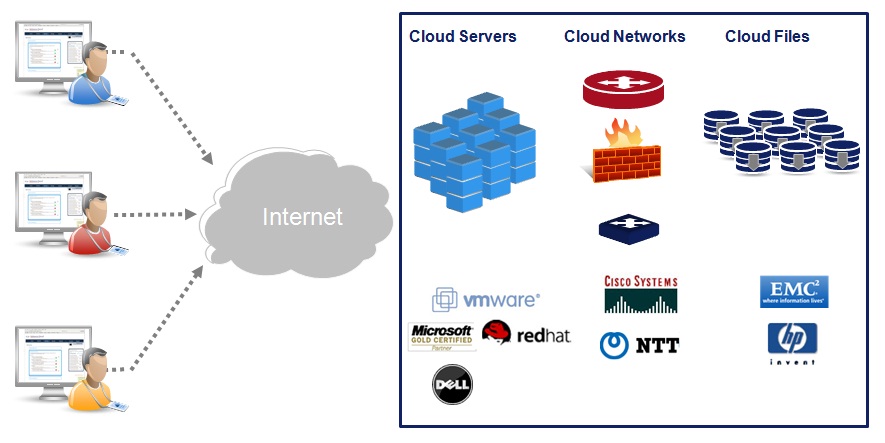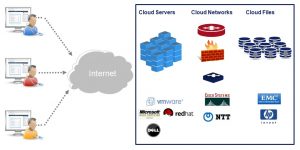Why Cloud Computing is Much Cheaper Than You Think
2 min read
Most people have misunderstood the cloud computing cost; they measure all the relevant cost components but do not factor in all relevant aspects. The problem is in the thought that is based on the consideration that computing has and will always be a tangible product. This leads to a scenario where the individual is measuring everything but still getting a fuzzy understanding of the economic sense behind it all.

To dispel this misconception we must conceptualize the cloud network structure. At the basic level, you have the resources. These can be server hardware, networking components, energy provision elements, among others. They provide the physical basis for the cloud services that have been provided. At the secondary or virtual level, you have the software systems. These are the software suites and protocols that enable the entire network to function. They perform two main functions; virtualization of the cloud infrastructure and creating and controlling access from dispersed users. These two levels combined are the service provider end of the cloud system. At the user end of the system, we have the tertiary level. This is composed of the client – which is a device through which the user accesses the network resources.
Having looked at the structure, you can see that cloud computing is a service. This product is solely a service. The components of the cloud solution remain within the service provider’s end. The services provider decides what kind of service they provide and how they will do so. As a matter of fact, the end user signs a service level agreement. This contract defines the level of service the provider guarantees to provide the client with. The cost of a service is linked to the utility the service provides. Computing translated into a service means that the business gets what they need without unnecessary hassle. Traditionally the business had to invest in computing hardware and software acquisition and implementation on own. There was no guarantee that the system infrastructure created would do what the business needed done.
The cloud network has changed this. Businesses are not buying a product they may or may not know how to use. They are buying a service that will enable them to do what they need to. The burden of configuring the system resources to perform such tasks falls to the service provider. Therefore, the true cloud computing cost is weighed not against acquisition but rather against performance.




